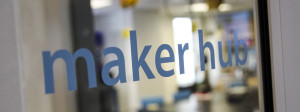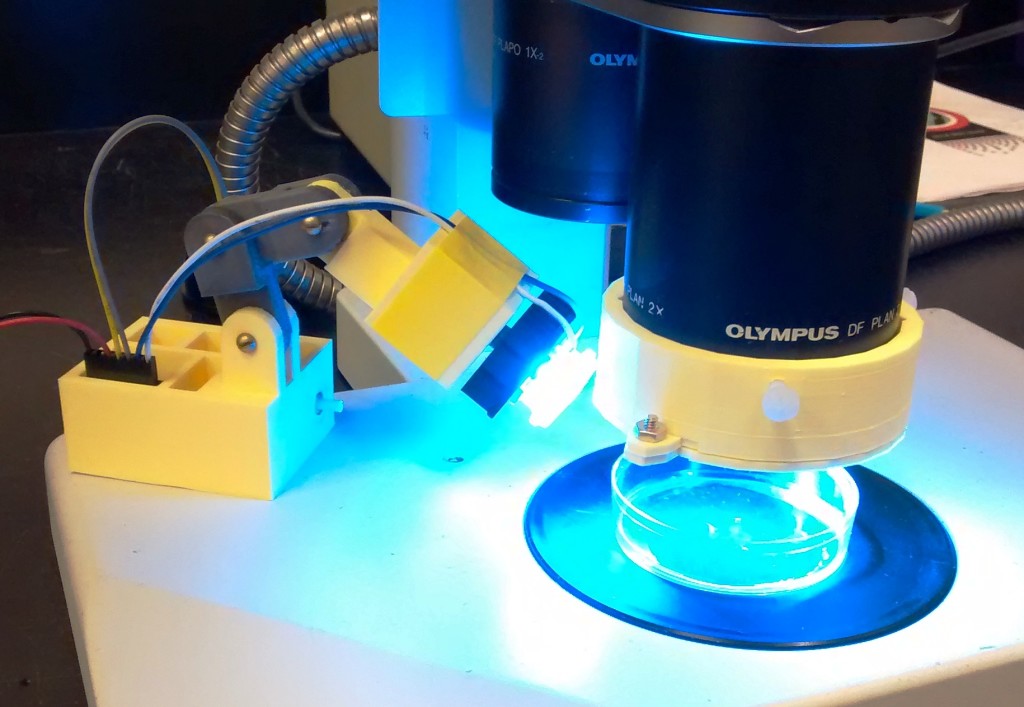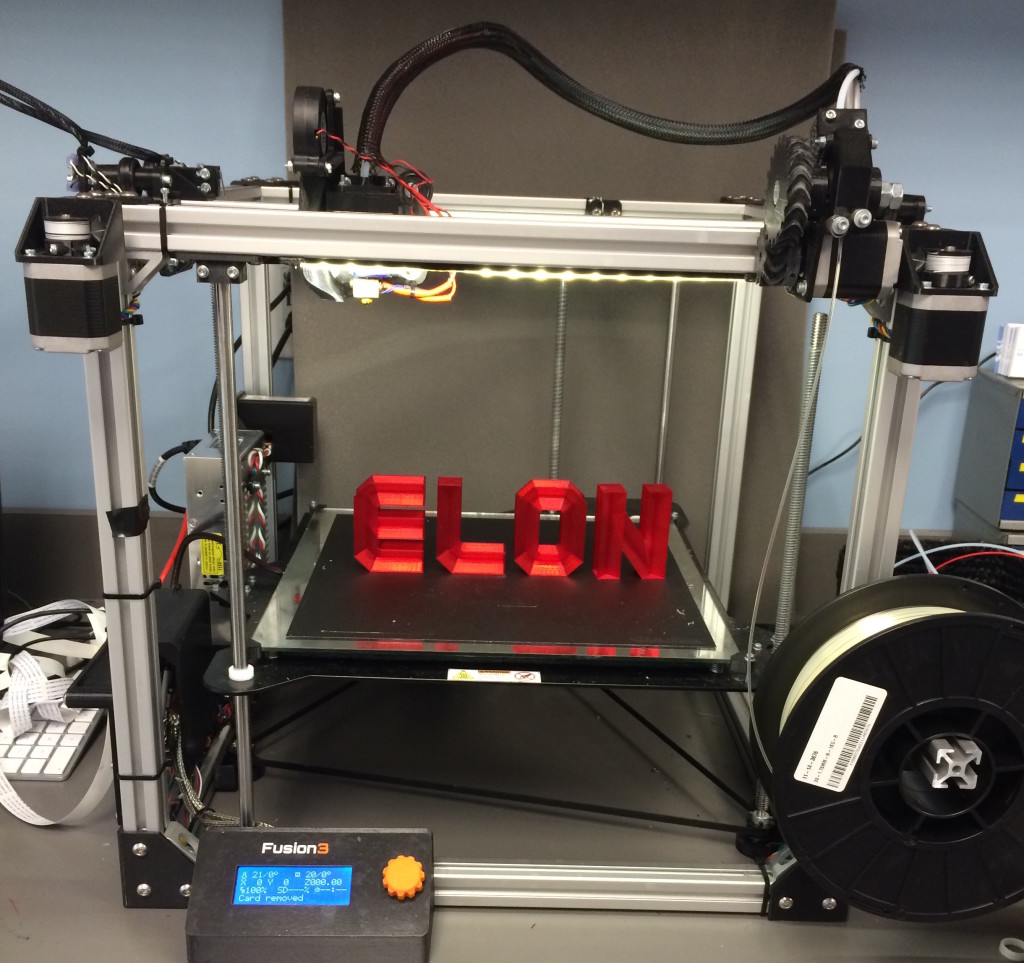Bio professor 3D-prints microscope accessories at Maker Hub
 Elon’s new makerspace, the Maker Hub, is chock full of cool gadgets for students, faculty, and staff to use for making pretty much whatever they want. From knitting needles to soldering supplies, the Maker Hub has it. Among these tools is a 3D printer, which students have used construct handy items like iPhone speakers and necklaces. Now, biology professor Dr. Eric Bauer is 3D-printing microscope add-ons that will help with his research on zebrafish.
Elon’s new makerspace, the Maker Hub, is chock full of cool gadgets for students, faculty, and staff to use for making pretty much whatever they want. From knitting needles to soldering supplies, the Maker Hub has it. Among these tools is a 3D printer, which students have used construct handy items like iPhone speakers and necklaces. Now, biology professor Dr. Eric Bauer is 3D-printing microscope add-ons that will help with his research on zebrafish.
Microscope accessories
When zebrafish are bathed in blue light, certain structures on their bodies glow yellow. To get a better view of this phenomenon, Bauer needs a microscope with two specialized functions: a blue lightbulb, and a filter that can be mounted on the microscope lens, so that an observer peering into the microscope only sees the yellow light emanating from the fish—otherwise, their glow can be washed out by the blue illumination.
According to Bauer, a microscope already equipped with these specialized capabilities could cost thousands of dollars. It would be more frugal, Bauer decided, to adapt a microscope already owned by Elon’s bio department. To build his microscope accessories, he purchased a circular glass light filter for $400 (fortunately, already cut to the size of his microscope lens) and a blue LED for $50. The Maker Hub 3D printer provided the rest.

Bauer and Tevault’s 3D-printed pieces are the light stand (left) and the light filter holder (right), both made of yellow plastic.
Designing
Using SketchUp, Google’s free 3D modeling software, Bauer designed a holder that attaches his glass filter to the microscope, as well as an adjustable stand for the LED light. This was his first 3D-printing project, but Bauer says it only took him a few hours to learn the software and a few more to design his microscope tools. Then, he sent off the designs to Connor Tevault, the Maker Hub’s “3D-printing guru,” to actually print the pieces.
Printing
“There’s a lot more to this than I thought there was,” Bauer says. 3D-printing is not a simple plug and chug process once you have your design. There are also questions of how much material to use, which will affect the object’s density, and what kind of material—the different colors of plastic that feed into the printer have different properties. After a few malfunctions, the 3D printer constructed both of Bauer’s pieces in just a few hours.
Next steps
Bauer plans to spend Winter Term tweaking the LED light stand design and printing version 2.0 with the help of a research student. Although Bauer is happy with the tools he has constructed so far, he says there is always always room for improvement. The Maker Hub has license to 3D-printing programs that have features not available on SketchUp, so Bauer might upgrade his microscope tool designs on this software.
Bauer is also looking for ways to incorporate the new makerspace into his biology classes. Instead of having his students label diagrams of the human anatomy, he envisions taking his classes to the Maker Hub, where students can 3D-print and label their own plastic models of body parts.
Tevault says that he also is working with other professors to incorporate projects at Elon’s new makerspace into their classes. “It’s really nice to see people using the 3D printer for creating something other than trinkets,” Tevault says. If the difference between purchasing new research equipment and building it in the Maker Hub is thousands of dollars, other faculty members are sure to follow Bauer’s example of utilizing the Maker Hub.

 Follow
Follow

